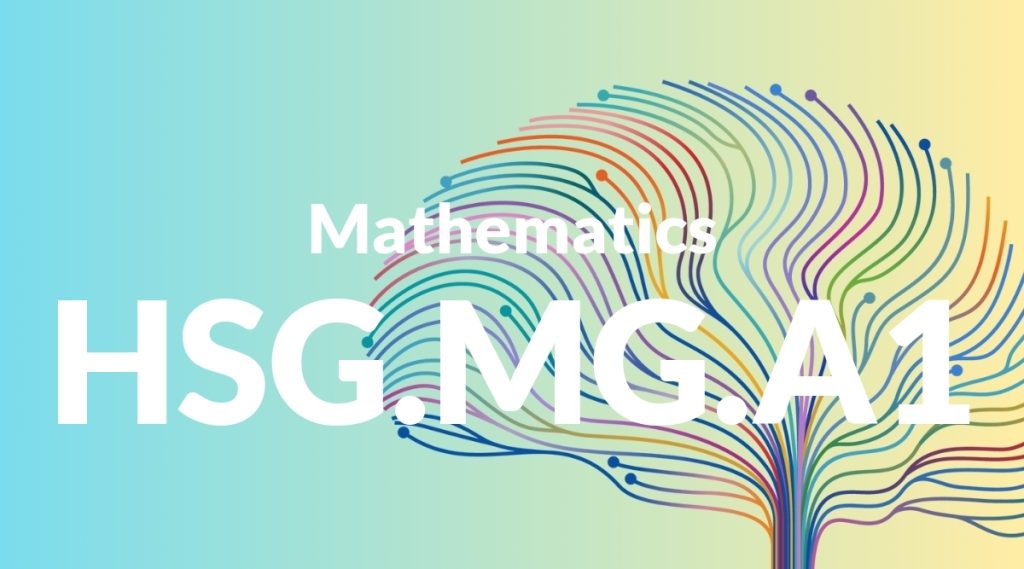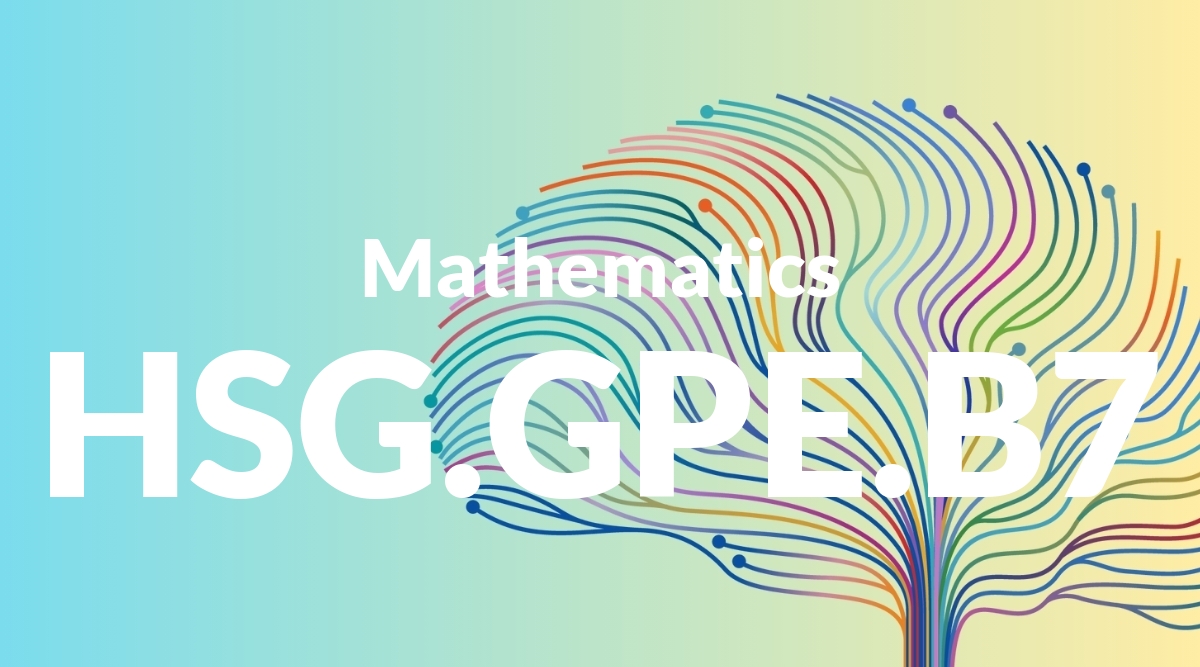Standard: HSG.MG.A1 – Use geometric shapes, their measures, and their properties to describe objects (e.g., modeling a tree trunk or a human torso as a cylinder).*
Grade level: High School: Geometry
Subject: Mathematics
Domain: Modeling with Geometry
Teacher Overview
This standard focuses on using geometric shapes and their properties to model and describe real-world objects. It is crucial because it bridges the gap between abstract geometric concepts and practical applications, enhancing students’ spatial reasoning and problem-solving skills. Ensure students are comfortable with basic geometric shapes, their properties, and calculations involving area, volume, and surface area. They should also understand measurement units and basic algebra.
Students will be able to apply geometric modeling to more complex real-world problems, preparing them for advanced studies in calculus and physics, where geometric reasoning is crucial.
Common Misconception 1
Students may think that all objects must be modeled using complex shapes. This is incorrect because many real-world objects can be effectively modeled with simple geometric shapes, which simplifies the problem-solving process.
Intervention 1
Use real-world examples to show how simple shapes can effectively model complex objects. Encourage students to start with simple shapes and gradually increase complexity.
Common Misconception 2
Students might believe that the measurements and properties of geometric shapes do not need to be accurate. This misconception can lead to errors in modeling and problem-solving.
Intervention 2
Stress the importance of precision in measurement and properties. Use activities that involve measuring real objects and comparing their geometric models.
Prerequisite Knowledge
Students should have a solid understanding of basic geometric shapes, their properties, and how to calculate area, volume, and surface area. Familiarity with measurement units and basic algebraic concepts is also essential.
Subsequent Knowledge
After mastering this standard, students will be able to apply geometric modeling to more complex real-world problems, including engineering and architectural design. They will also be better prepared for advanced studies in calculus and physics, where geometric reasoning is crucial.
Instructional Activities
- Measure and model classroom objects using geometric shapes.
- Create a geometric model of a simple machine, like a lever or pulley.
- Design a basic architectural structure using geometric shapes.
- Analyze the geometric properties of common household items.
- Use software to create 3D models of real-world objects.




